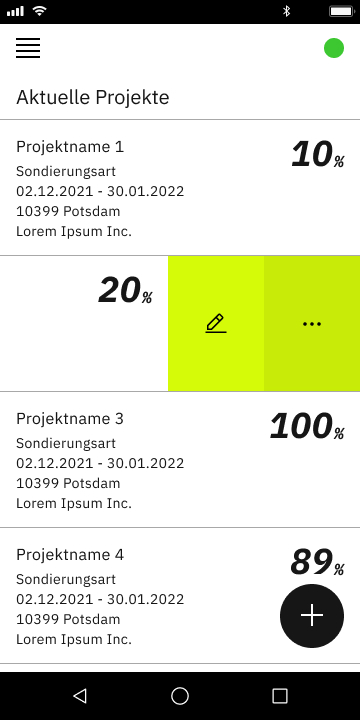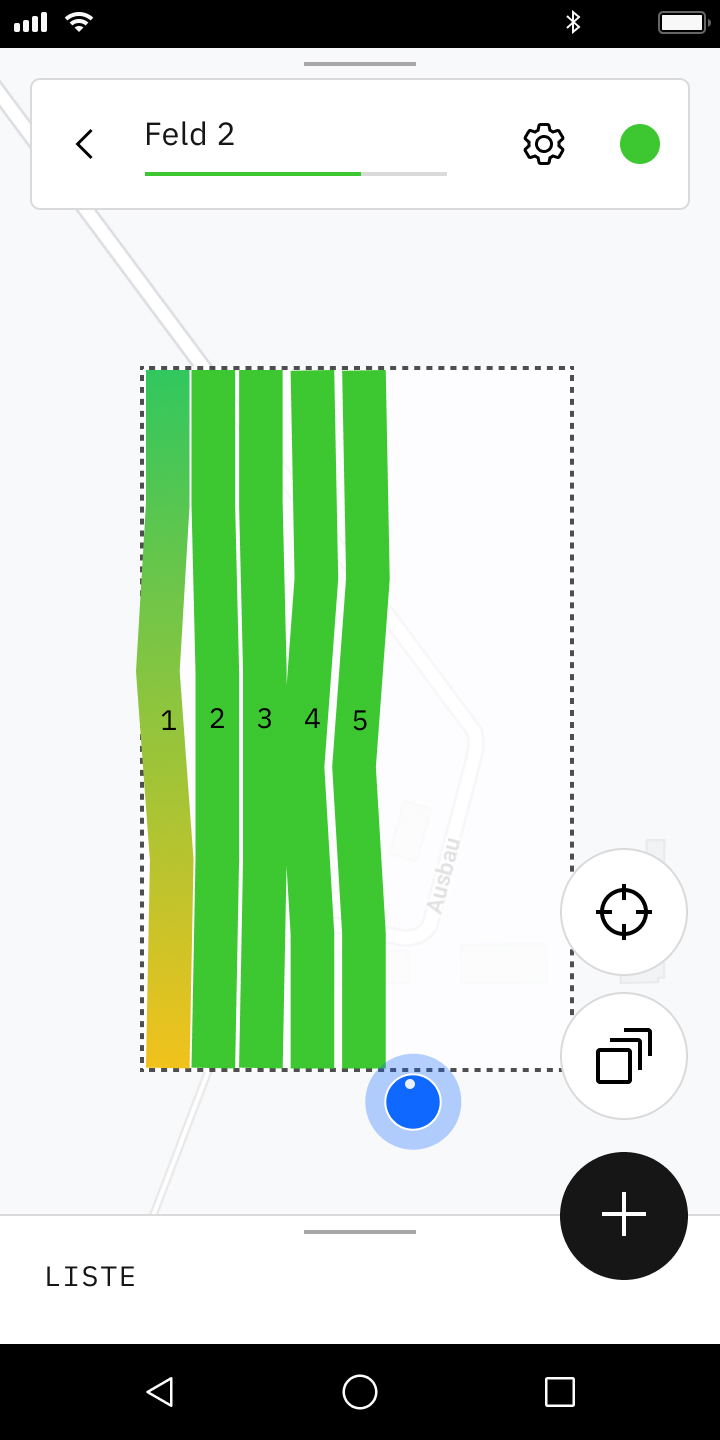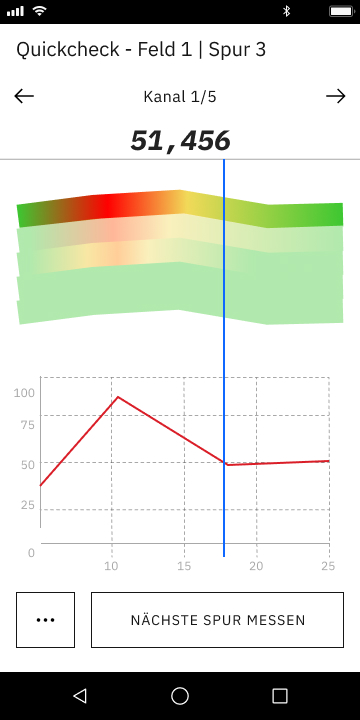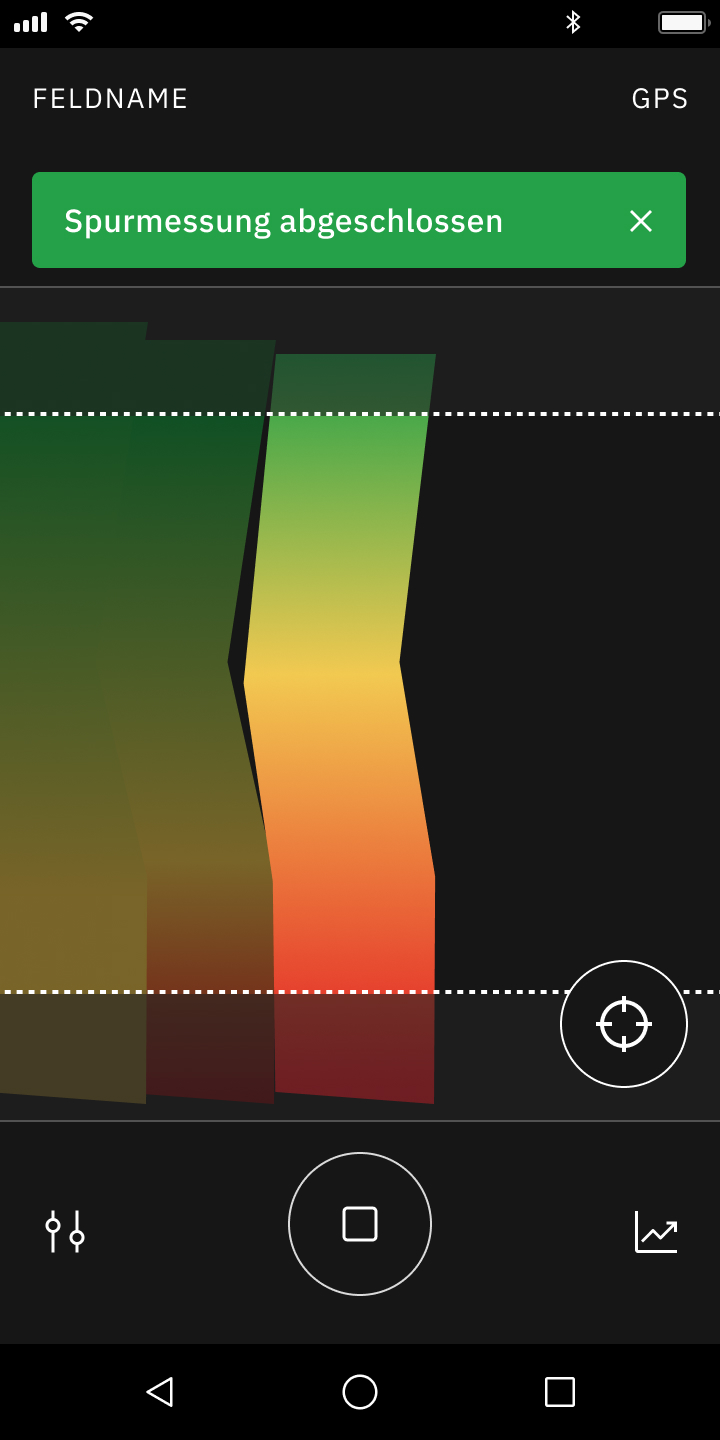SENSYS GmbH
Probing what lies hidden in the ground
The company SENSYS, founded in 1990, is one of the leading providers of magnetometers and surveying solutions. Thanks to its highly specialised expertise and proprietary measuring systems and software solutions, this Brandenburg-based company enables the detection of hidden objects or structures underground. The method can be applied in unexploded ordnance clearance, the search and recovery of archaeological artefacts, geophysical surveys, or offshore applications. The Sensys GO application was developed to make surveys worldwide efficient, simple, and safe.
Industry
Expertise
UX Design
Deliverables
(Wo)manpower
Time
At the beginning
SENSYS aimed to design a mobile application that would support field surveying work while being up to date with the latest technologies. Over time, not only did the components of the application grow, but also the number of users and teams increased. The existing previous version of Sensys GO no longer met the requirements and hindered ease of use in the field. This meant redesigning and rethinking an application that had grown organically for over 15 years.
First steps
In workshops, personas, user stories, and customer journeys were developed to establish a shared understanding of the product and its users among all stakeholders. A workflow emerged that had to be integrated with all existing products. The aim was for all the work steps within the SENSYS product ecosystem to fit together seamlessly. The entire product ecosystem had to be restructured into a new product infrastructure, aligning with the recurring processes of planning, measurement, and analysis.
To ensure uniform interaction processes and workflows for all user groups, a complete redesign of the application was necessary. Through interviews and task-based remote testing of click prototypes, technical processes and customer needs were more precisely identified. The improvement of workflows and a process-oriented information architecture were key to success.
Special requirements
The nature of field surveying brought specific requirements for the design process:
- optimal display of all content even in extreme lighting conditions,
- improved battery life to enable longer surveys, and
- one-handed operation of the app.
By developing a memorable name and redesigning the logo, the foundation was laid for a consistent and strong brand image, upon which the visual design was built.
Maximising potential
The goal was to fully utilise the capabilities of smartphones, including their specific sensors. For measurement, a metronome supports the walking speed audibly. The simplicity of operating the device and optimised workflows provide the advantage of a shorter training period for different users. For field surveying, energy-efficient screen designs were essential. This meant developing black screens for the measurement mode, which conserve battery life on OLED displays.
The collaboration with SENSYS is ongoing in the further development of the application, currently in the research project ARES. In this project, the assistance function using augmented reality for explosive ordnance disposal is being tested and implemented in the application.
“UseTree has succeeded in significantly simplifying surveying through optimal usability. Even in challenging situations and with a wide range of users with varying levels of experience, the surveying work is carried out effortlessly. We are pleased to have UseTree as a competent partner for all UX matters by our side.”
Managing Director, SENSYS GO




